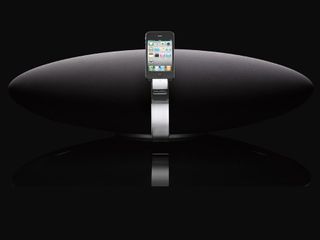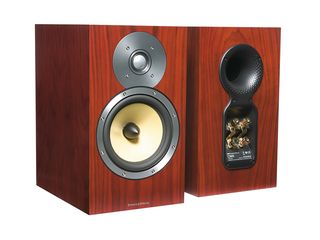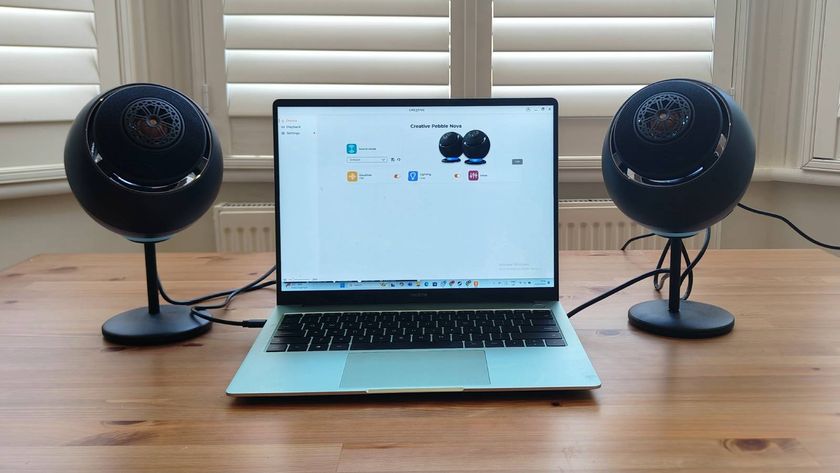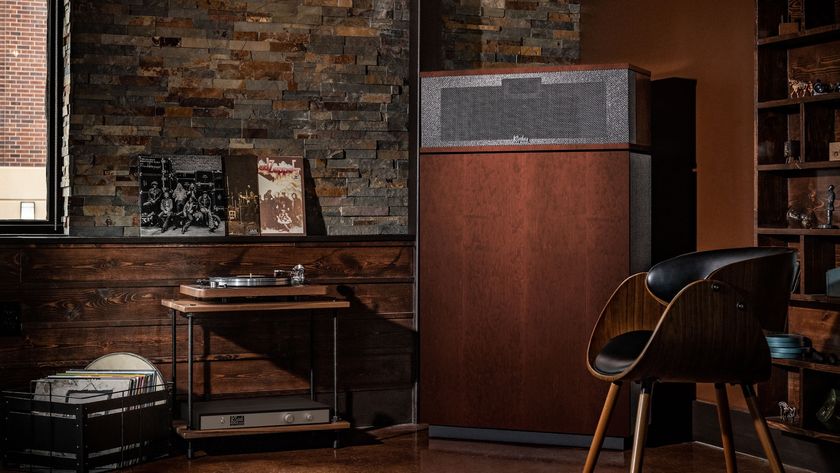Bowers & Wilkins: Why iPhone beats CD
Plus, new lightweight B&W speaker next month
Bowers and Wilkins- From WWII to the Zeppelin Air
Over the last few years, B&W has made its mark on the ever-growing iPod and iPhone-dock market with its popular Zeppelin iPod speaker system, first released back in 2007. The latest version, the Zeppelin Air, is the company's first speaker to include Apple's new wireless streaming AirPlay tech.
As with many post-WWII British hi-fi and audio tech start-ups from around the mid-20th century, there is a genuinely interesting backstory to this British technology success. Haikin goes on to explain how John Bowers and his lifelong friend Ray Wilkins, both of whom had served in World War II together, first started an electrical shop in Worthing in West Sussex where Bowers, a skilled engineer, became interested in audio reproduction, at around the same time of the birth of stereo recording.

"In a workshop at the rear of his shop, he began hand-making loudspeakers for clients who shared his interest in reproduction and wanted better quality than was commercially available at that time – which was the dawn of the audio industry.
"One of these customers was called Miss Knight and when she died she left Bowers the equivalent of £250,000 with the express instruction that he should use the money to make a business of his interest. That investment bought a factory and B&W Electronics was born in 1966."
It's a lovely story, for sure. The kind of heart-warming tale Hollywood thrives on. And, thankfully, Bowers made more than good on Miss Knight's initial investment, pumping all of the company's earnings back into research and development. The Tinseltown story arc seems almost complete.
Barmy about quality
Get daily insight, inspiration and deals in your inbox
Sign up for breaking news, reviews, opinion, top tech deals, and more.
It's a lovely story, for sure. The kind of heart-warming tale Hollywood thrives on. And, thankfully, Bowers made more than good on Miss Knight's initial investment, pumping all of the company's earnings back into research and development.
The Tinseltown story arc seems almost complete. But what sort of chap was John Bowers?

Haikin tells TechRadar that British product designer Kenneth Grange (of Pentragram fame, and an industrial designer for B&W for 20 years) said of Bowers: "I've never met anyone more barmy about quality".
An insight into why the company's distinguished history in acoustic research is still seen to be major part of how and why the brand has continued to thrive.
"In the early 80s, Bowers decided that he wanted to build a truly world-class research facility, shielded from the day-to-day work of running the business, so he could focus on bigger ideas," Haikin explains.
"So he bought SME's old factory and called it the Steyning Research Establishment. All of B&W's higher level acoustic research and product development takes place within this building which houses 30 full time engineers and the reference Bowers & Wilkins listening room, where every product is signed off by the listening team."
Current page: Bowers and Wilkins: From WWII to the Zeppelin Air
Prev Page Bowers and Wilkins - Why iPhone beats CD Next Page Bowers and Wilkins- The value of experience












